Greenfield Village
Exploring the everyday lives of history
It’s always seems slightly perverse to me to head east in a country that once lived by the slogan, go west. Whatever the case, we’re eastbound again and when planning our route we ran across something called Greenfield Village.
Greenfield Village is difficult to describe, but it’s what happens when someone with resources (Henry Ford) decided to try to preserve some relics of American history. Since one of the reasons we’re going east was to show the kids early American history, we stopped a couple nights in Detroit to visit Greenfield Village.
What appealed to me about Ford’s approach to preserving history is that his view of history mirrors my own: that the things we record in books and celebrate with monuments rarely have much impact of the lives of ordinary people. The things that actually mattered to people of the world before us are usually glossed over by what we call history.
When I went to our American history books to learn how our forefathers harrowed the land, I discovered that the historians knew nothing about harrows. Yet our country has depended more on harrows than on guns or speeches. I thought that a history which excluded harrows and all the rest of daily life is bunk and I think so yet. — Henry Ford
Ford started small, collecting things from his own childhood. In 1919 he found out that his birthplace was going to be destroyed for a road so he moved his childhood farmhouse and restored it to the way he remembered at the time of his mother’s death in 1876. The he tracked down his one-room school, the Scotch Settlement School, and then the 1836 Botsford Inn from Farmington, Michigan, a stagecoach inn where he and his wife Clara had once gone to dances.
Then it started to spiral out of control and next thing he knew, Ford had built his own village, a kind of semi-living monument to the everyday life of Americans over the centuries. By then people were bringing projects to him and he ended up moving Edison’s Menlo Park lab here and rebuilding it, and later he added other things like Noah Webster’s house, a tidewater home from Maryland, a Cotswald cottage, farms from various parts and times in America.
Today Greenfield Village is over 80 acres with everything from Edison’s lab to the Wright brothers’ original bike shop to the oldest working carousel in the United States. It has so much in fact that that is my only criticism: it was overwhelming. Fun, but sometimes almost too much.
We managed to squeeze it all in, though we did come back to the carousel several times since it provided a kind of break from history. Or perhaps a reminder that relics are supposed to be fun.
The most fascinating thing to me, and I think for the kids, was the glassblowing workshop, which is used daily to produce things that are for sale in the shop nearby. I had never seen anyone blow glass before and despite the heat of the workshop we spent a good half an hour watching a shapeless lump of molten glass get shaped into a drinking glass.
The re-creation of Edison’s lab was similarly impressive to see, a reminder of the time when technology was less the province of the priestly class and more something anyone could experiment with and explore (and I learned that Edison inadvertently, and much to his own chagrin, invented the precursor to the modern tattoo gun).
It was also interesting to see the Wrights’ bicycle shop, since we saw their “lab” (such as it was) out in Kitty Hawk.
As much as we all loved Greenfield Village we did not love being in a city. We took care of our city tasks after Greenfield Village, and I did some work on the Jeep that evening, giving it a quick tune up. We decided to leave a day earlier than we’d planned, get out of the city, and go see Lake Erie from the Canadian side.
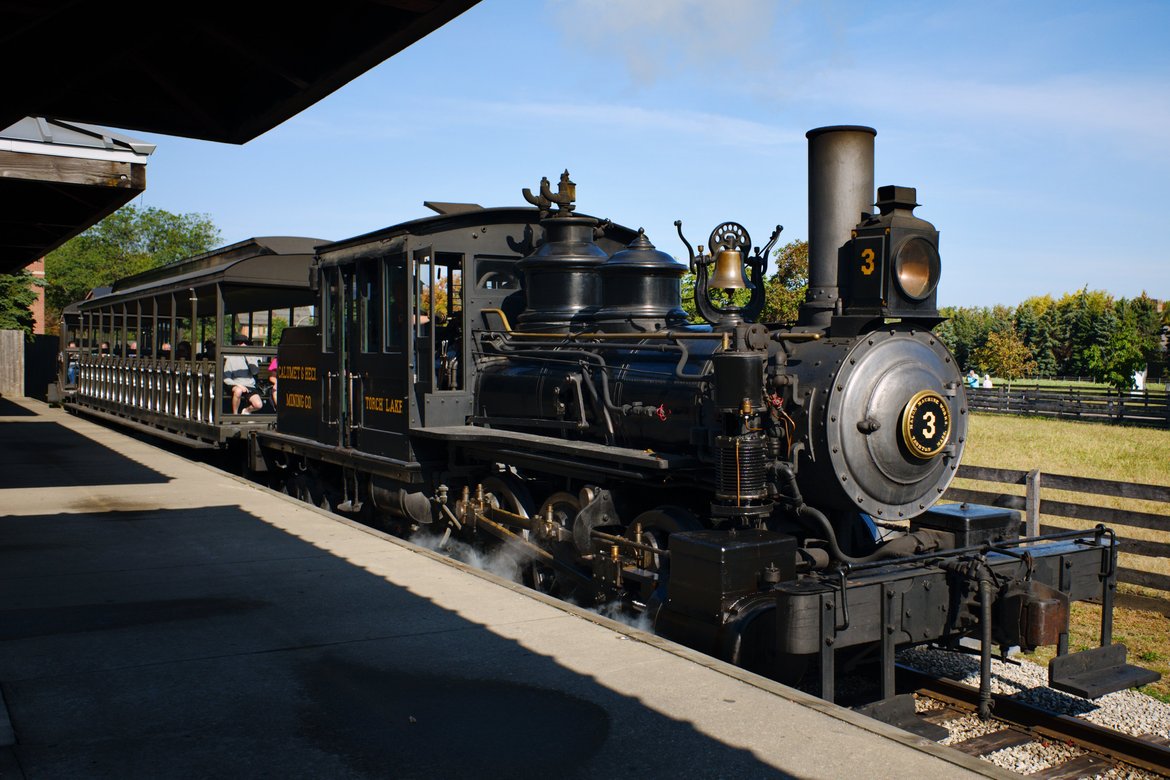
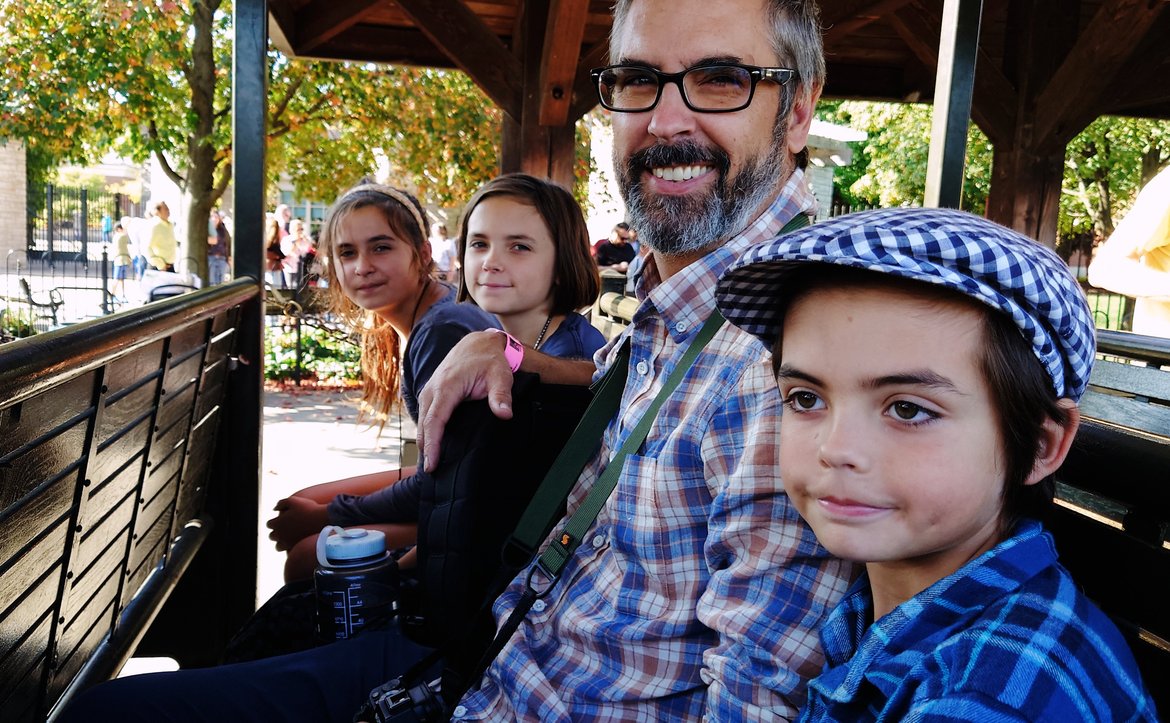
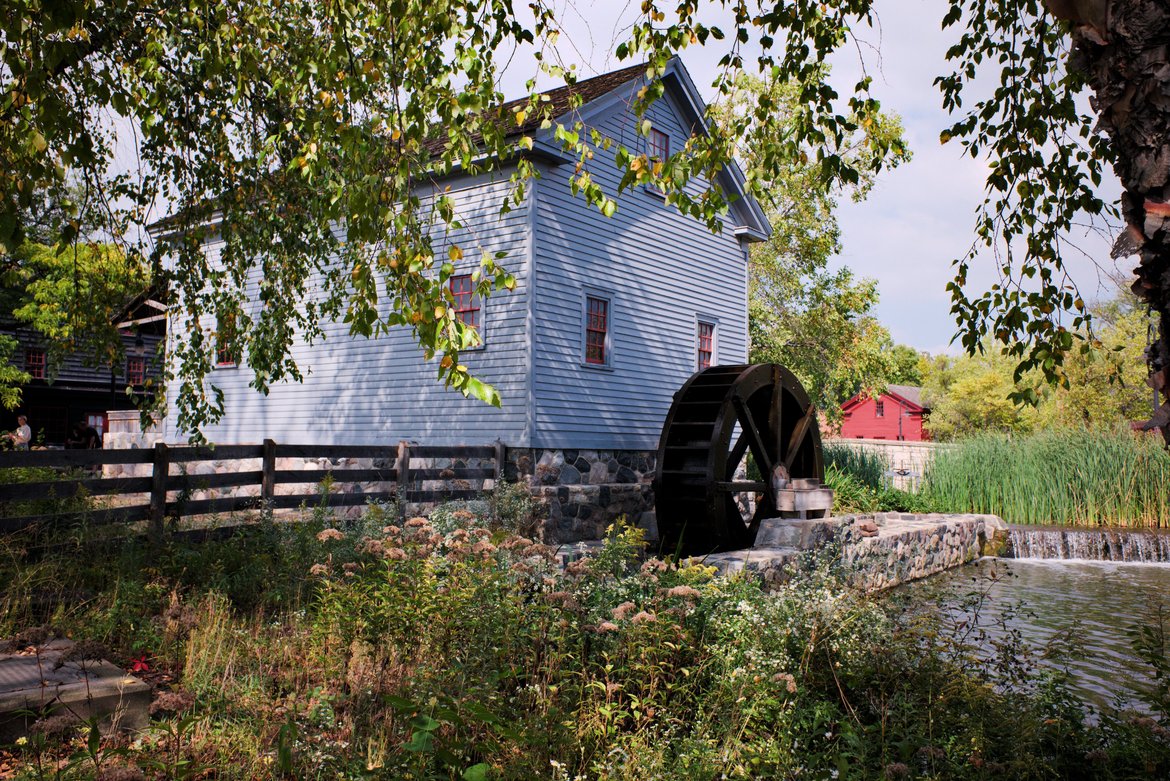
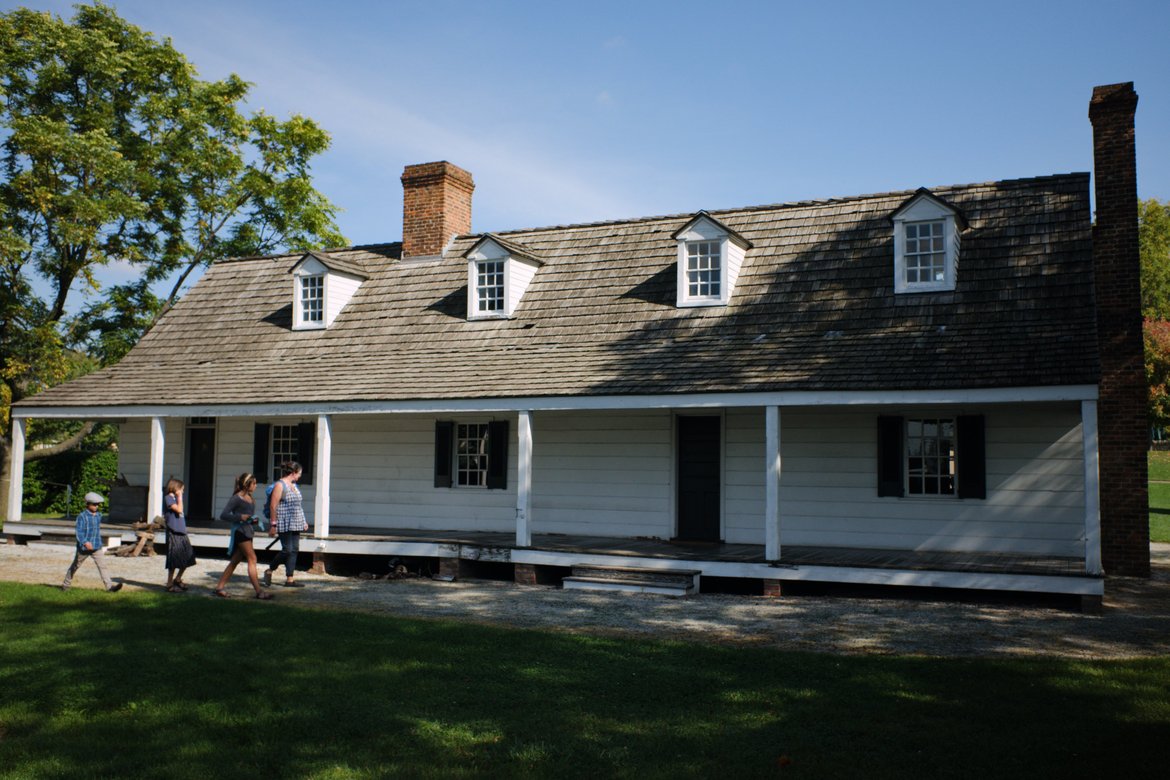
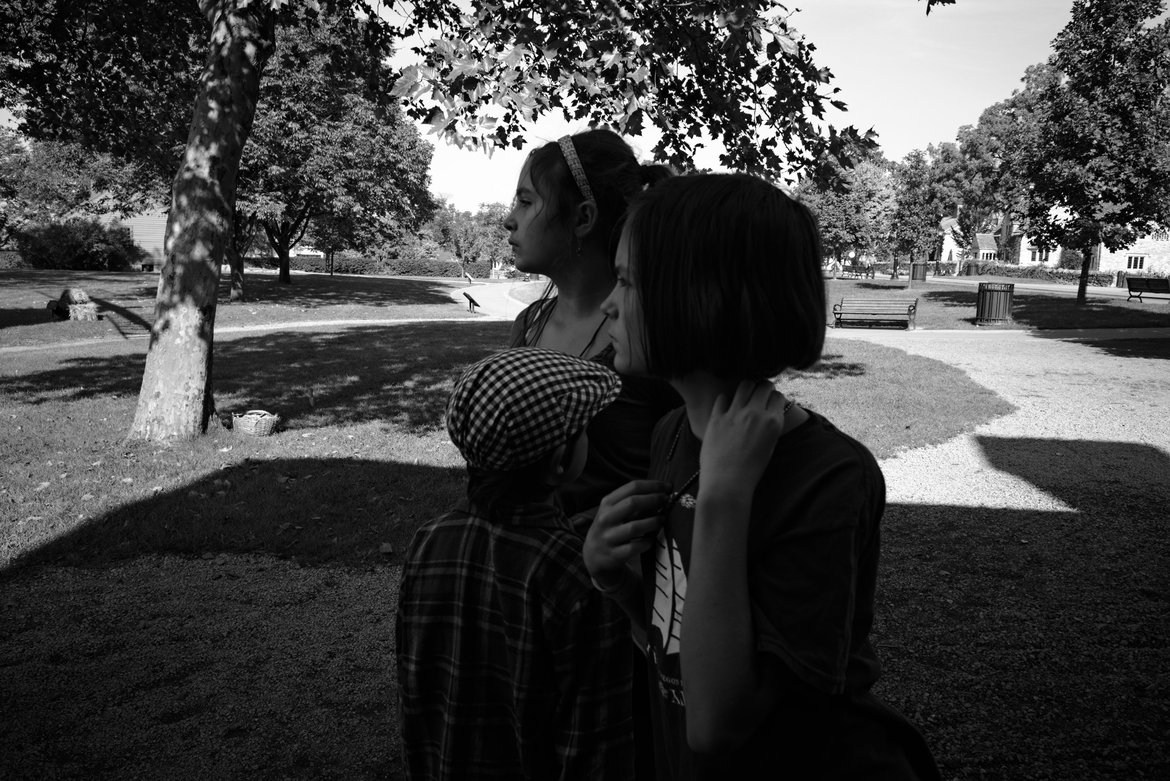
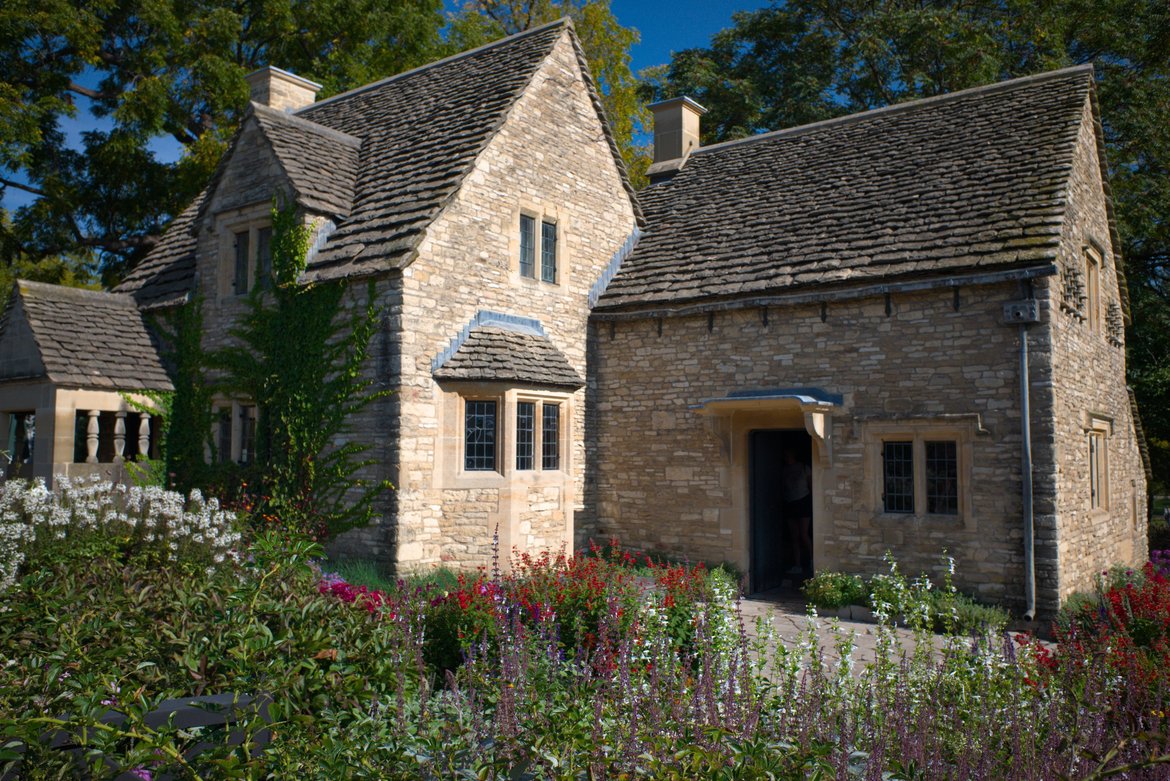
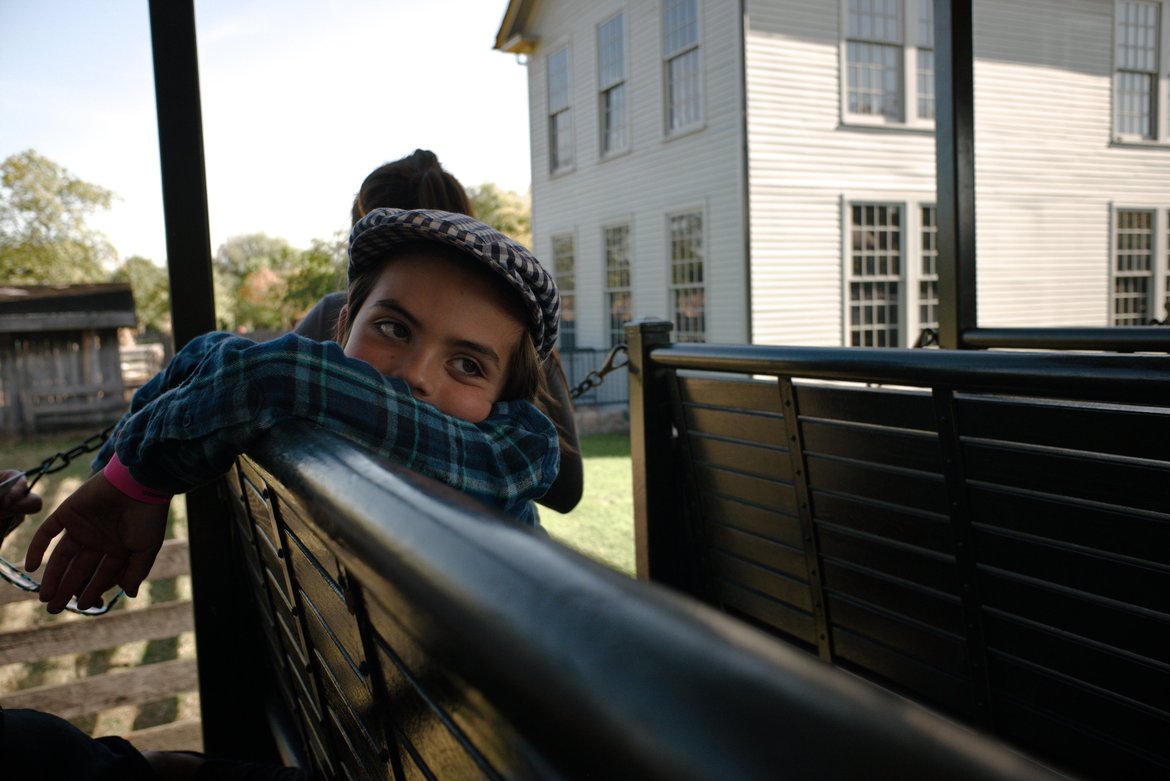
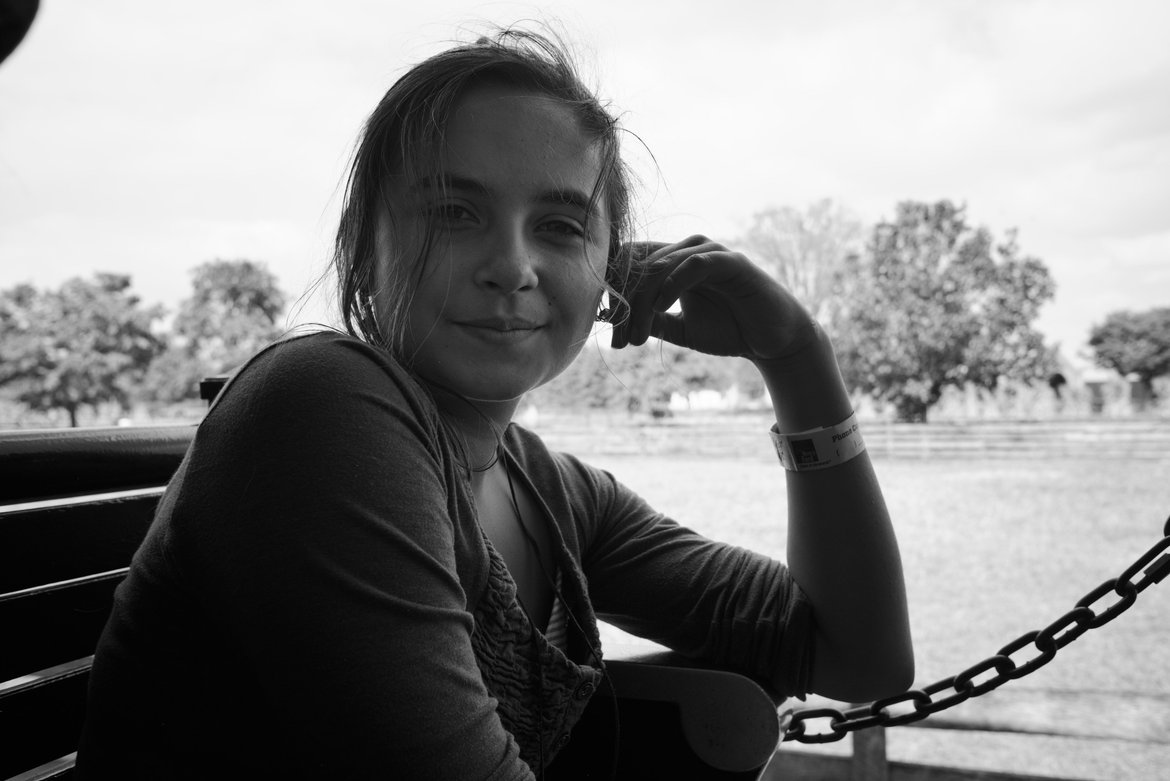
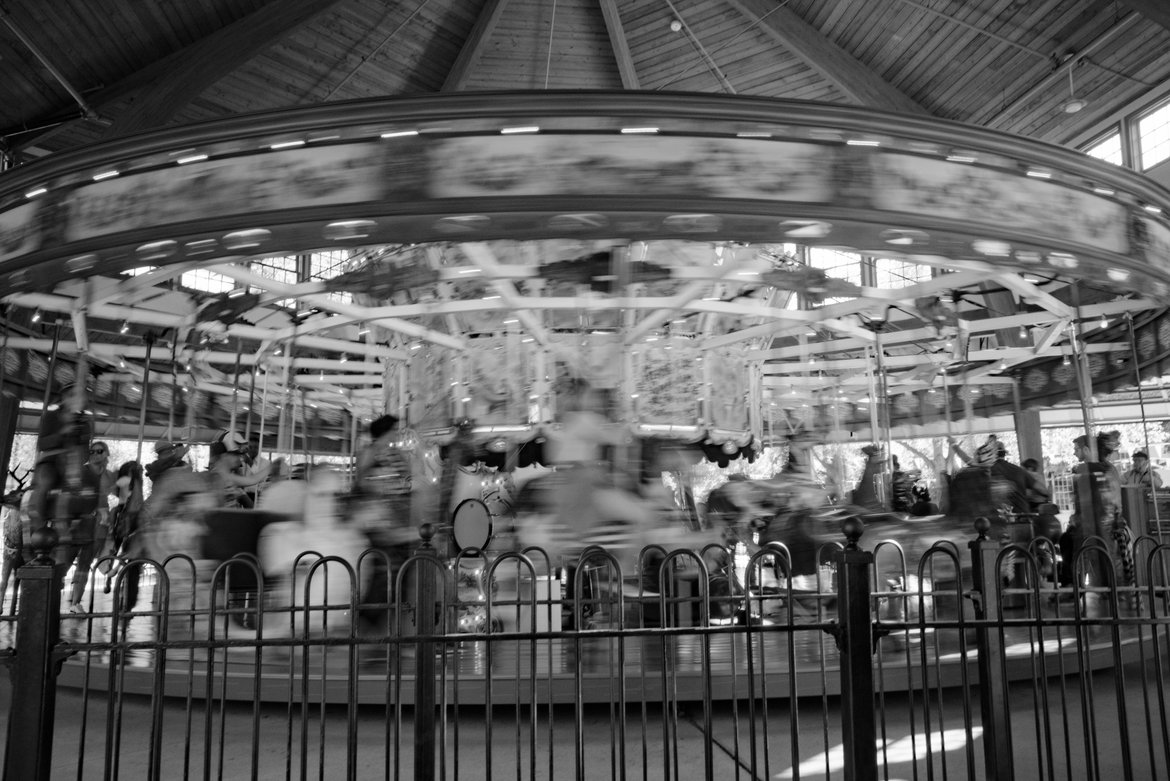
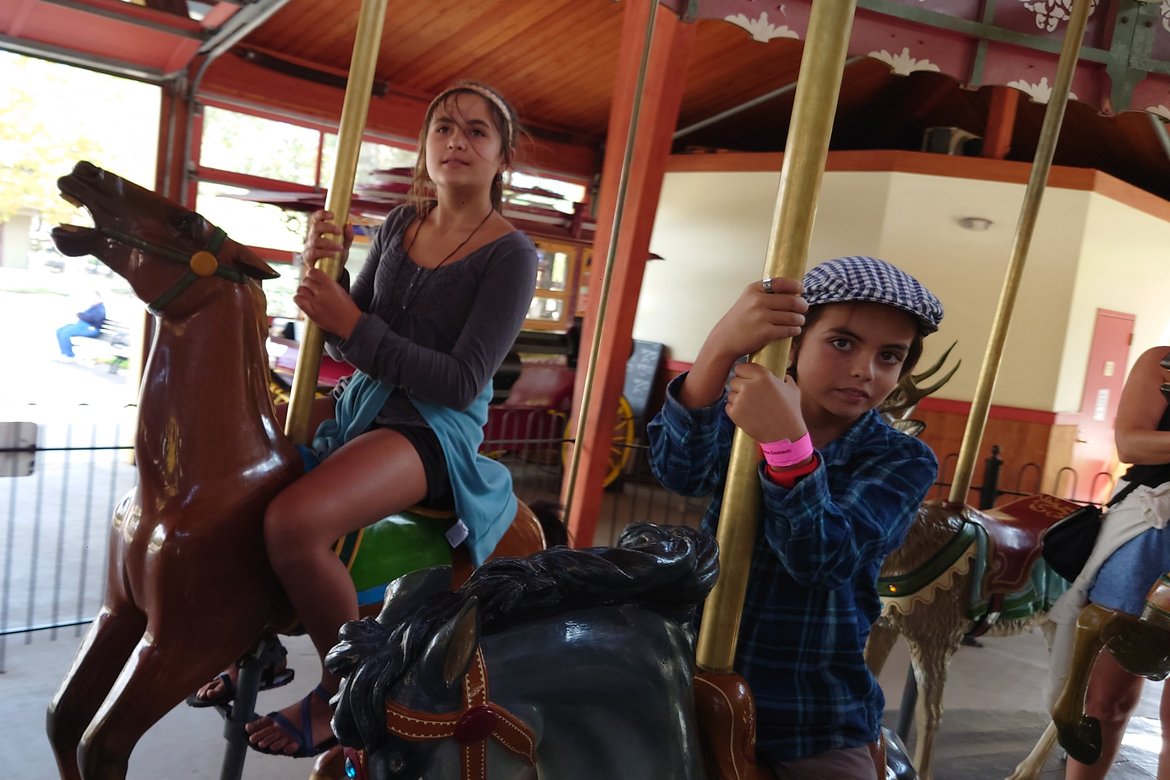
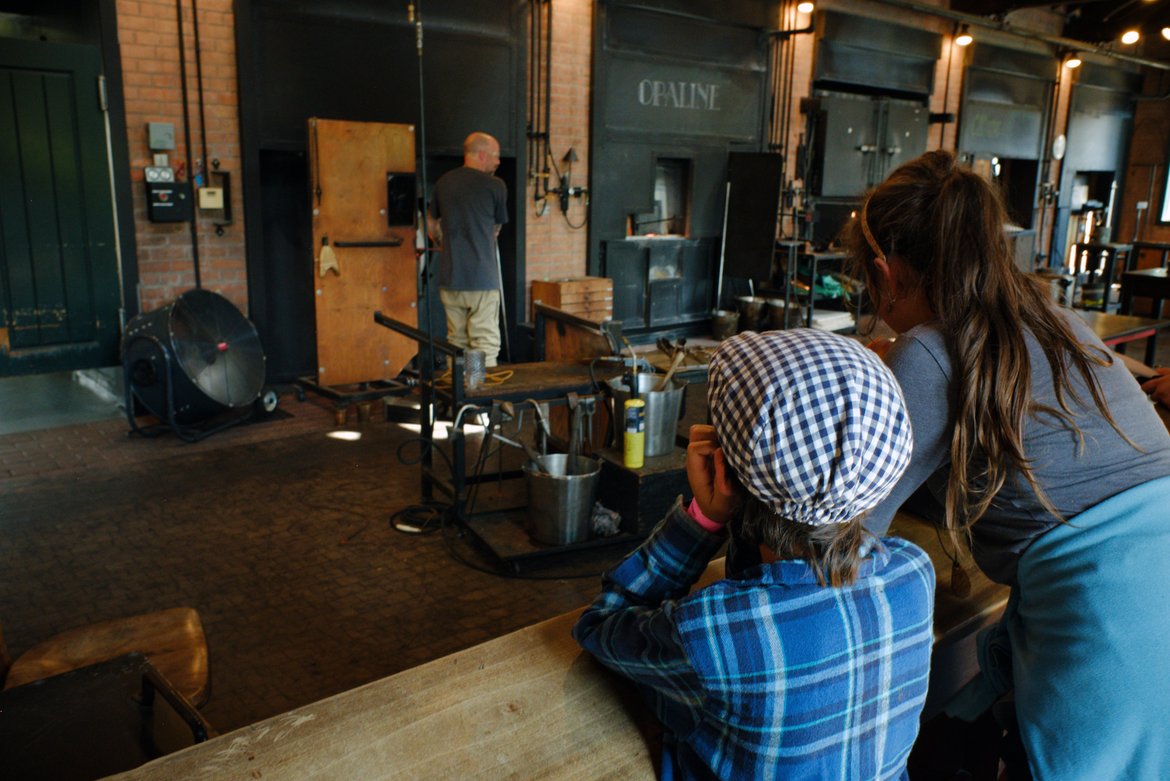
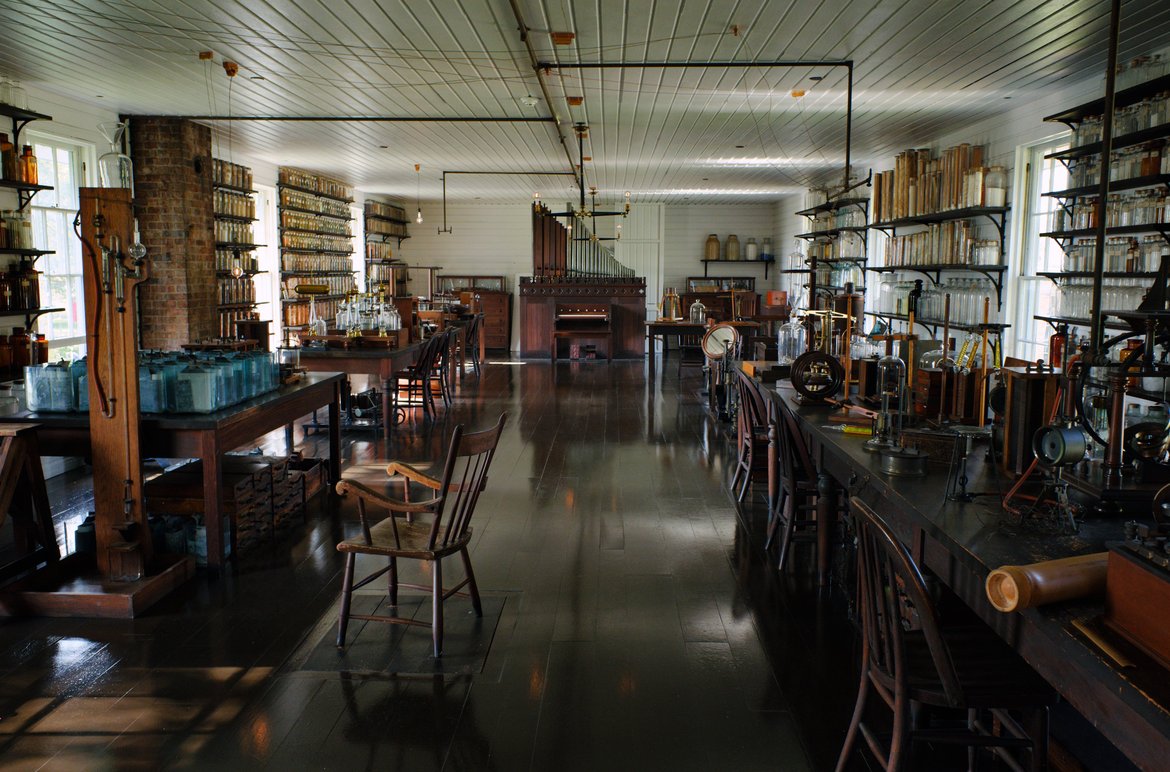
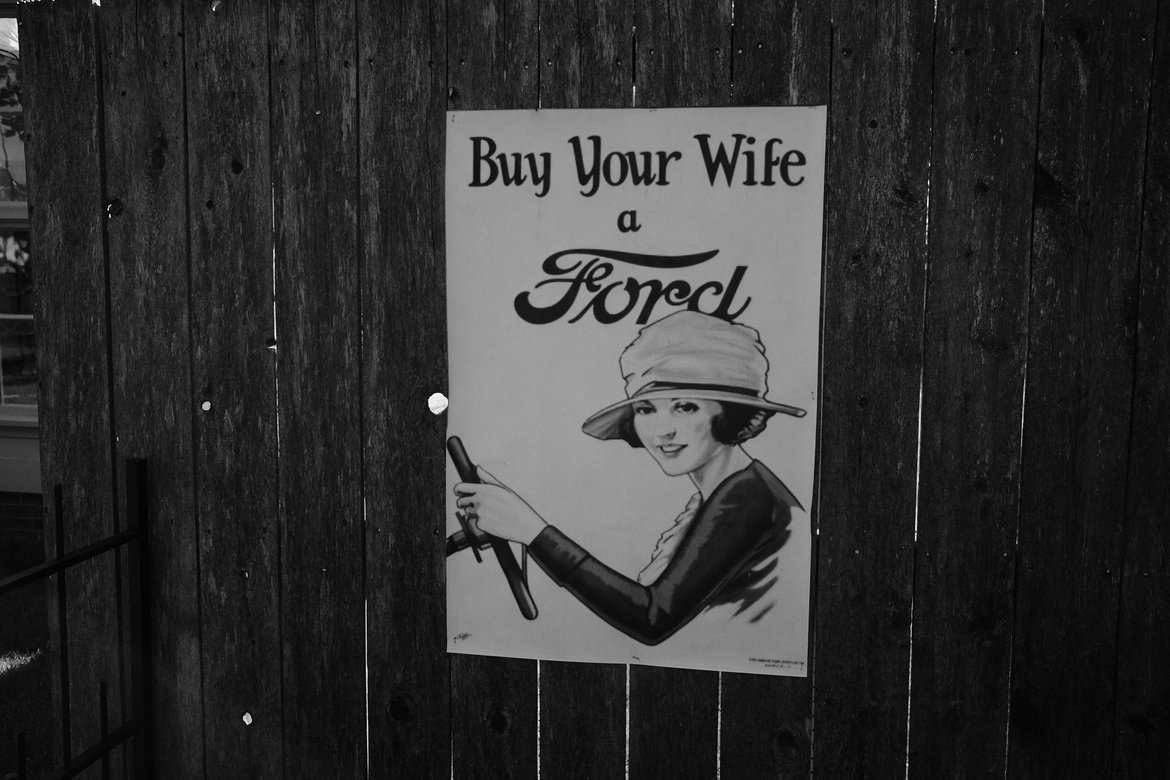

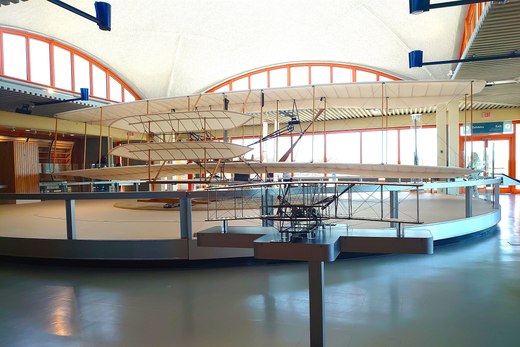
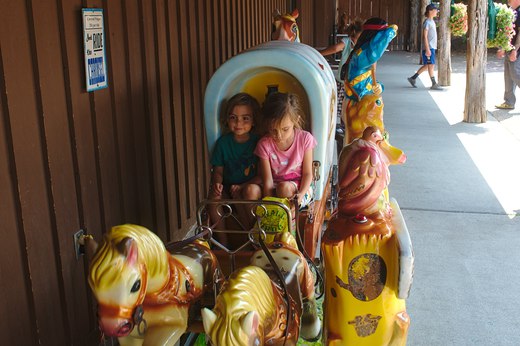
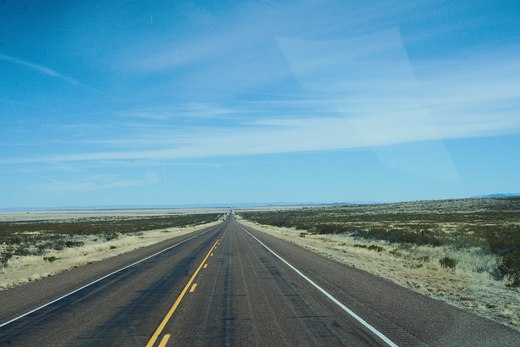
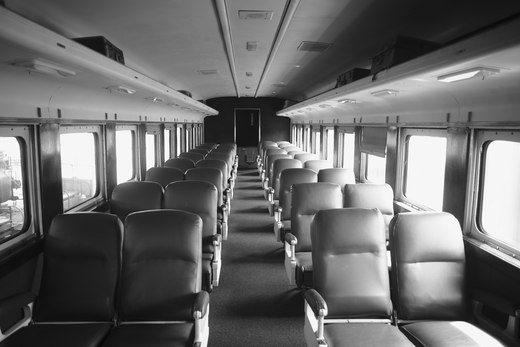
Thoughts?
Please leave a reply:
All comments are moderated, so you won’t see it right away. And please remember Kurt Vonnegut's rule: “god damn it, you’ve got to be kind.” You can use Markdown or HTML to format your comments. The allowed tags are
<b>, <i>, <em>, <strong>, <a>. To create a new paragraph hit return twice.